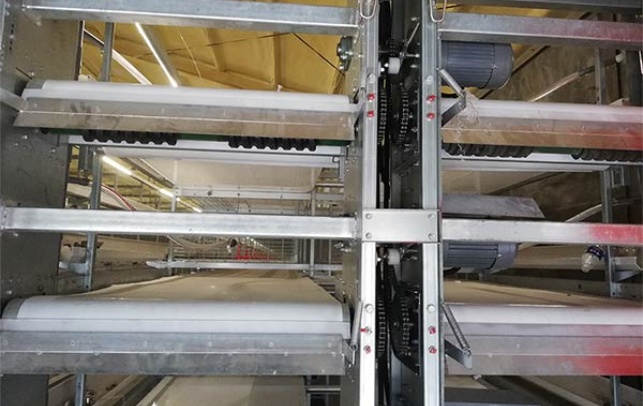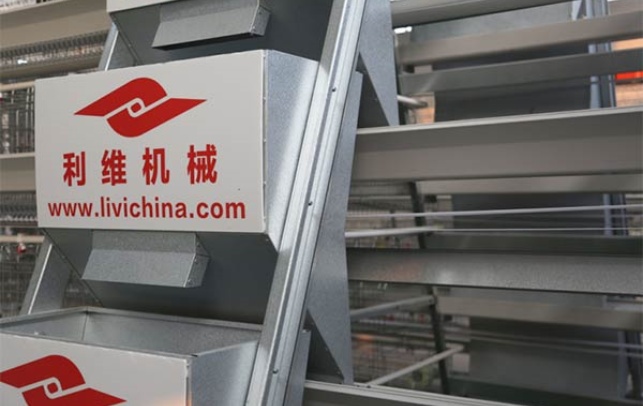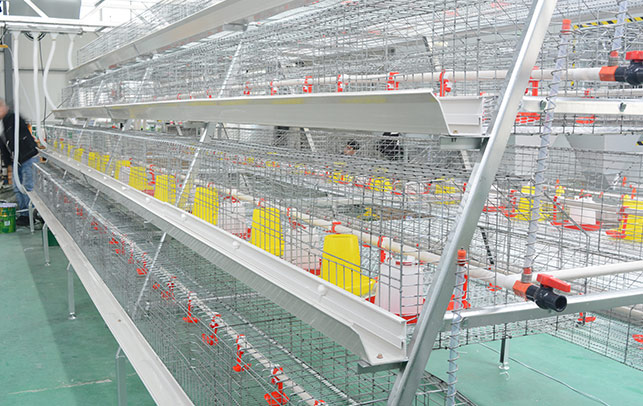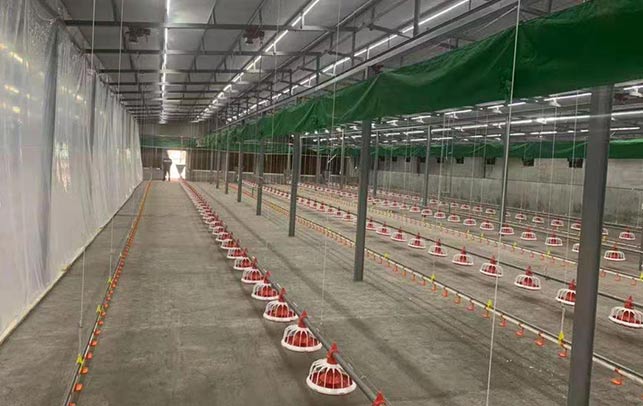How Much Does It Cost to Keep 10,000 Layers in Kenya?
Time : 2024-10-09
Keeping layers is a profitable venture for many farmers in Kenya. However, understanding the cost to keep 10,000 layers in Kenya is crucial for planning and managing a successful poultry business. In this article, we will break down various costs associated with raising layers, providing insights that every prospective poultry farmer should consider.
Initial Setup Costs
The very first step in keeping layers involves significant initial setup costs. This includes constructing or purchasing a poultry house that meets the requirements of housing up to 10,000 hens. On average, you might spend between $10,000 to $20,000 on the construction of the poultry house, depending on the materials used and the technology implemented.
Equipment Costs
In addition to the structure itself, you need to invest in essential equipment such as feeders, drinkers, and nesting boxes. The cost of these items can vary, but for a flock of 10,000 layers, you might expect to spend an additional $5,000 to $10,000 on quality equipment that ensures optimal health and productivity of your birds. Therefore, when calculating the cost to keep 10,000 layers in Kenya, it’s vital to factor in these initial costs.
Operational Costs
Once your poultry house is ready, the ongoing operational costs begin. These expenses include:
Feed Costs
Feed is one of the most significant recurring expenses in poultry farming. Layers require a balanced diet to produce eggs efficiently. For 10,000 layers, the monthly feed cost can range from $1,500 to $2,500. This can fluctuate based on local feed prices, nutritional requirements, and whether you procure feed from local suppliers or produce it yourself. Thus, the feed cost plays a crucial role in determining the overall cost to keep 10,000 layers in Kenya.
Water Supply
Water availability is critical for healthy layers. It is essential to ensure a consistent supply of clean water. Typically, the cost of water may not seem substantial, but when scaled for 10,000 layers, you could be looking at around $100 to $200 monthly, particularly if you are sourcing it from municipal supplies or trucking it in.
Labor Costs
Labor is another essential component in the operational expenses. You will likely need to employ staff for feeding, cleaning, egg collection, and monitoring the health of your layers. Depending on the wages in your area, labor costs for maintaining 10,000 layers can range from $500 to $1,500 per month. Understanding the cost to keep 10,000 layers in Kenya requires careful budgeting for labor costs, which can vary significantly by region.
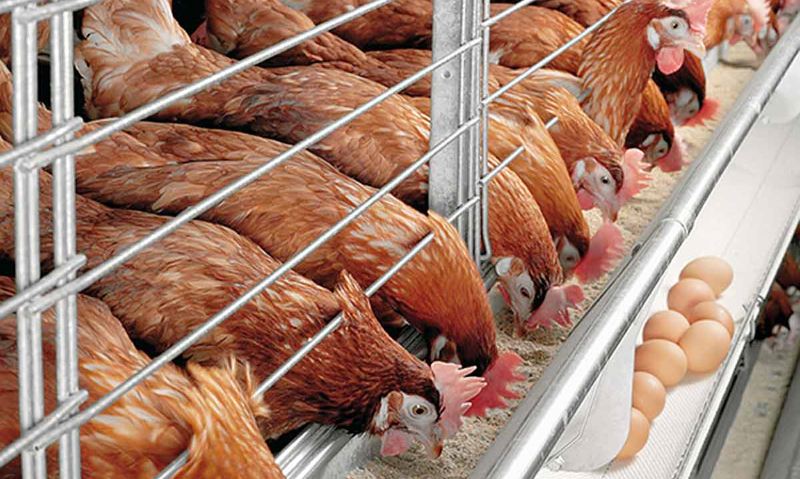
Veterinary and Health Management Costs
Keeping your layers healthy is paramount to ensuring profitability. Regular vaccinations, medications, and veterinary services are necessary to prevent disease outbreaks. The average cost for veterinary services and health management can be estimated at about $300 to $500 per month for a flock of this size. These costs must be included in the overall cost analysis of keeping layers.
Housing Maintenance Costs
Over time, your poultry house and equipment will require maintenance and repairs. It’s wise to budget for these unforeseen expenses. A good rule of thumb is to allocate approximately 5% of your initial investment in housing and equipment each year for maintenance. Annually, this could add another $500 to $1,000 to your total costs, further informing your understanding of the cost to keep 10,000 layers in Kenya.
Additional Costs
Utilities
Utilities such as electricity and heating (if necessary) are also part of the operational costs. For lighting, ventilation, and any other power needs, you might expect to pay around $200 to $400 monthly.
Insurance
Insurance for your poultry farm can help mitigate risks associated with diseases, theft, and natural disasters. Depending on coverage, insurance can cost between $200 to $600 annually.
Total Estimated Costs
When considering all these factors, your total cost to keep 10,000 layers in Kenya could sum up to a substantial amount. Here’s a quick breakdown of the estimated monthly costs:
- Feed: $1,500 – $2,500
- Water: $100 – $200
- Labor: $500 – $1,500
- Veterinary and Health Management: $300 – $500
- Utilities: $200 – $400
- Miscellaneous (maintenance, insurance): $200 – $300
Estimated Monthly Total: $3,000 – $5,400
On an annual basis, this translates to approximately $36,000 to $64,800 in operating expenses alone, excluding initial setup costs.
Conclusion
In summary, managing the cost to keep 10,000 layers in Kenya involves a multifaceted approach of careful planning, budgeting, and strategic decision-making. By understanding all associated costs—from initial setup to daily operational expenses—and actively seeking opportunities for revenue generation and cost reduction, farmers can create a viable and successful poultry farming enterprise.






